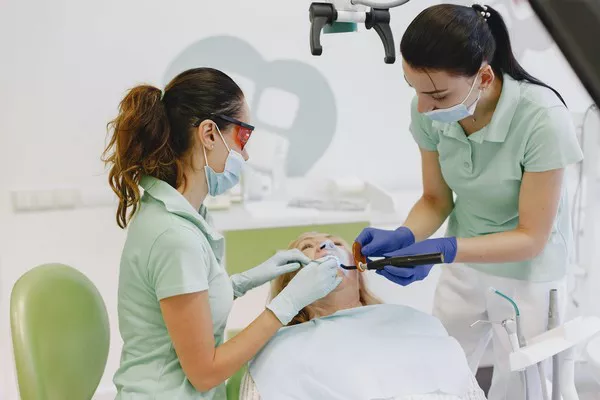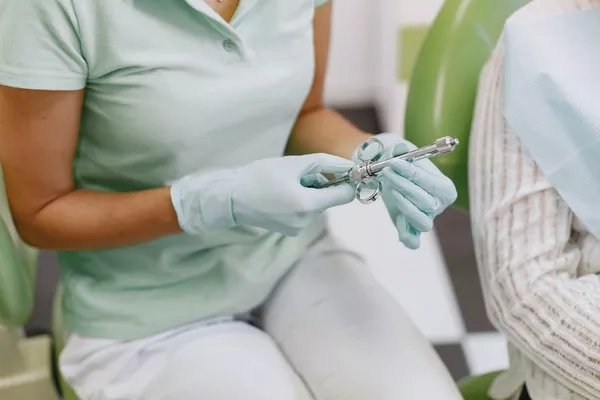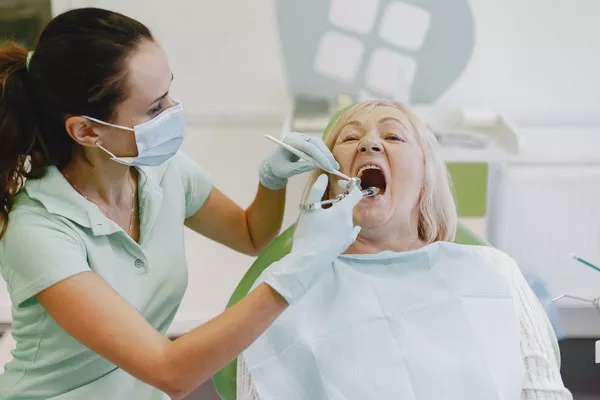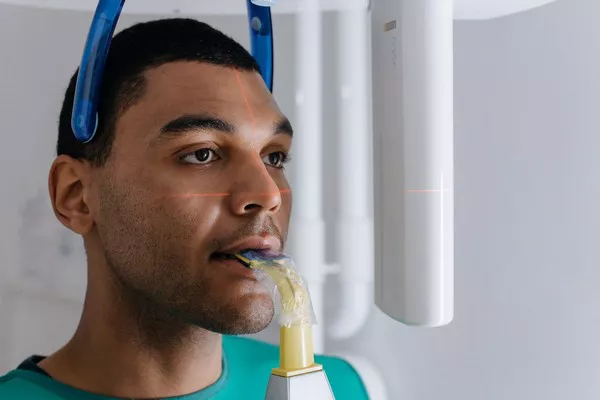Orthodontics is a specialized branch of dentistry that focuses on correcting misaligned teeth, jaw irregularities, and bite issues. Through the use of various orthodontic treatments, orthodontists aim to improve both the appearance and functionality of the smile. In this article, we will delve into the world of orthodontics, exploring its meaning, significance, and the different treatment options available. By understanding the fundamentals of orthodontics, patients can make informed decisions about their dental health and embark on a journey towards a beautiful, harmonious smile.
1. Understanding Orthodontics
Orthodontics, derived from the Greek words “ortho” (meaning straight or correct) and “odous” (meaning tooth), is a specialized field of dentistry dedicated to diagnosing, preventing, and treating dental and facial irregularities. These irregularities include crowded or crooked teeth, gaps between teeth, overbites, underbites, crossbites, and other malocclusions (misalignments of the teeth and jaws).
The primary goal of orthodontics is to create a balanced bite and an aesthetically pleasing smile while promoting optimal oral health. Orthodontists are dental professionals who have completed additional training beyond dental school to specialize in orthodontics. They possess the knowledge and expertise to diagnose orthodontic issues, develop personalized treatment plans, and guide patients through the process of achieving straighter, healthier teeth.
2. Importance of Orthodontic Treatment
Orthodontic treatment offers numerous benefits beyond cosmetic enhancements. Here are some key reasons why orthodontics is essential:
Improved Dental Health:
Straightening misaligned teeth makes them easier to clean and maintain. Properly aligned teeth reduce the risk of dental problems such as tooth decay, gum disease, and uneven wear.
Enhanced Facial Aesthetics:
Orthodontic treatment can significantly improve the appearance of a person’s smile, boosting self-confidence and self-esteem. Straight teeth contribute to a harmonious facial balance and alignment, enhancing overall facial aesthetics.
Functional Improvements:
Orthodontic treatment corrects bite irregularities, ensuring that the upper and lower teeth meet properly when biting or chewing. This improves the efficiency of chewing, speech articulation, and jaw function.
Prevention of Future Dental Issues:
Addressing orthodontic issues at an early stage can help prevent more significant problems in the future. By guiding the growth and development of the jaws and teeth, orthodontic treatment can minimize the need for extensive dental work later in life.
3. Common Orthodontic Treatments
Orthodontic treatments are tailored to each patient’s unique needs and goals. Here are some commonly used orthodontic techniques:
Traditional Braces:
Traditional braces consist of metal brackets bonded to the front surfaces of the teeth and connected by archwires. Over time, these wires exert gentle pressure on the teeth, gradually shifting them into proper alignment. Today’s braces are more comfortable and aesthetically pleasing than their predecessors, with options such as tooth-colored ceramic brackets or lingual braces placed on the inner surfaces of the teeth.
Clear Aligners:
Clear aligners, such as Invisalign, have gained popularity due to their discreet and removable nature. These custom-made, transparent trays gradually move the teeth into their desired positions. Clear aligners offer convenience, allowing patients to remove the trays for eating, brushing, and flossing. They are an excellent option for individuals seeking a more discreet orthodontic treatment.
Retainers:
Once orthodontic treatment is complete, retainers are used to maintain the corrected position of the teeth. Retainers can be removable or fixed, and their usage may vary depending on the individual’s needs. Consistent retainer wear is crucial to prevent teeth from shifting back to their original positions.
Orthodontic Appliances:
In some cases, additional orthodontic appliances might be necessary to address specific issues. These can include palatal expanders, which widen the upper jaw, or headgear, which applies external force to guide jaw growth and tooth movement. Orthodontic appliances are often used in conjunction with braces or aligners for comprehensive treatment.
Surgical Orthodontics:
In more severe cases, surgical intervention may be required to correct significant jaw discrepancies or skeletal malformations. Surgical orthodontics involves collaboration between an orthodontist and an oral surgeon to align the jaws properly.
It is important to note that orthodontic treatment duration varies depending on the complexity of the case and the chosen method. Regular visits to the orthodontist are essential throughout the treatment process to monitor progress, make adjustments, and ensure optimal results.
Is orthodontics good or bad?
As an AI language model, I don’t have personal opinions or emotions. However, orthodontics is a specialized branch of dentistry that focuses on correcting irregularities in the alignment of teeth and jaws. The goal of orthodontic treatment is to improve oral function, bite stability, and aesthetics.
For individuals with misaligned teeth or jaw issues, orthodontic treatment can provide numerous benefits. These may include improved dental health, easier cleaning of teeth, enhanced speech, better chewing functionality, and a more attractive smile. Orthodontic treatment can also address bite problems, such as overbite, underbite, crossbite, and open bite, which can lead to complications if left untreated.
However, orthodontic treatment is not suitable for everyone, and it’s essential to consult with a qualified orthodontist who can evaluate your specific situation. They will consider factors such as the severity of the orthodontic issue, overall oral health, age, and individual preferences before recommending any treatment options. It’s important to weigh the potential benefits against the cost, time commitment, and discomfort associated with orthodontic treatment.
Conclusion
Orthodontics is a branch of dentistry that focuses on the diagnosis, prevention, and correction of irregularities in the alignment of teeth and jaws. The word “orthodontics” comes from the Greek words “ortho,” meaning straight or correct, and “odontos,” meaning tooth.
Orthodontic treatment aims to improve the function, appearance, and overall oral health of individuals with conditions such as crooked teeth, crowded teeth, gaps between teeth, malocclusions (improper bites), and other dental irregularities. Orthodontists are dental professionals who specialize in diagnosing and treating these issues.
Orthodontic treatment usually involves the use of devices such as braces, aligners, wires, and other appliances to gradually move teeth into their proper positions. The goal is to achieve proper alignment and bite, which can enhance the individual’s ability to chew, speak, and maintain good oral hygiene. Orthodontic treatment may also contribute to improving facial aesthetics and self-confidence.
It’s important to note that orthodontic treatment plans are tailored to each individual’s unique needs. The duration of treatment can vary depending on the complexity of the case, and regular check-ups with the orthodontist are typically required throughout the process to monitor progress and make any necessary adjustments.
Related Topics:






























